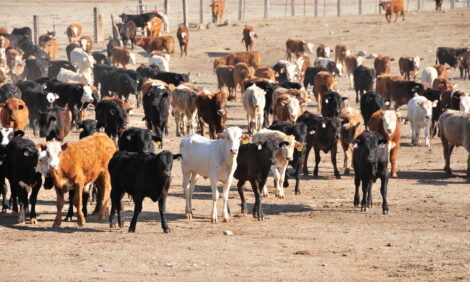



Beware Of Possible Nitrate Poisoning When Making Corn Silage
MINNESOTA — Corn that was drought-stressed this year will have higher toxic nitrate levels, so be very careful during the silage making process.Corn silage with high nitrate levels poses a higher risk to form silage gases, which are poisonous. Silo gases contribute to respiratory problems in farmers and to the “Farmer’s Lung” syndrome. Run the blower before entering the silo or silo room, and ventilate the silo room to the outside if possible.
High quality corn silage is an excellent feed for dairy animals. Here are three “profit points” for making corn silage:
- Whole plant moisture content at ensiling is the most important factor affecting feed value.
- Check whole plant moisture, not the kernel line or calendar date.
- Nitrates may be a problem in corn silage this year. Nitrates carry both health and nutritional risks for both animals and humans.
Harvesting at the right moisture level is the key to high quality corn silage. The optimum whole plant moisture is 62 to 68 percent, with a target of 65 percent to reach a balance of dry matter, grain starch accumulation and good fermentation.
To determine moisture content, use whole plant samples from five to six spots in the field. Dry them down with a Koster tester or in a microwave; or send them to a commercial laboratory for a moisture analysis.
TheCattleSite News Desk


